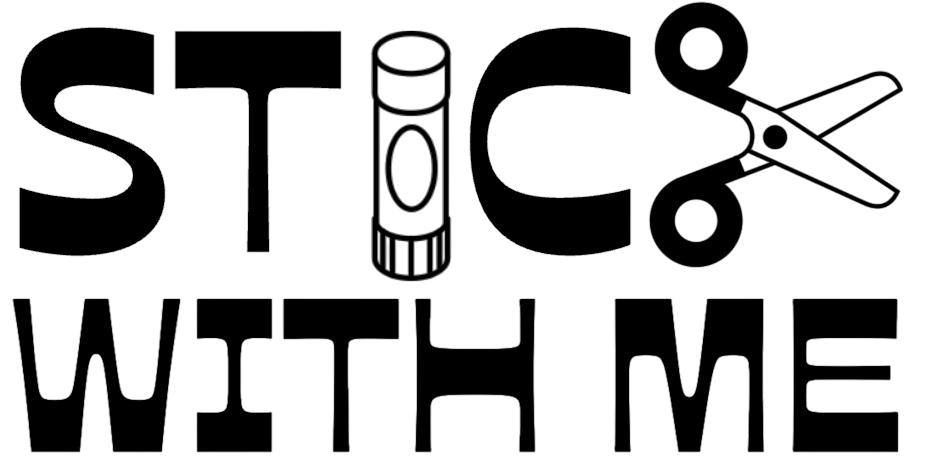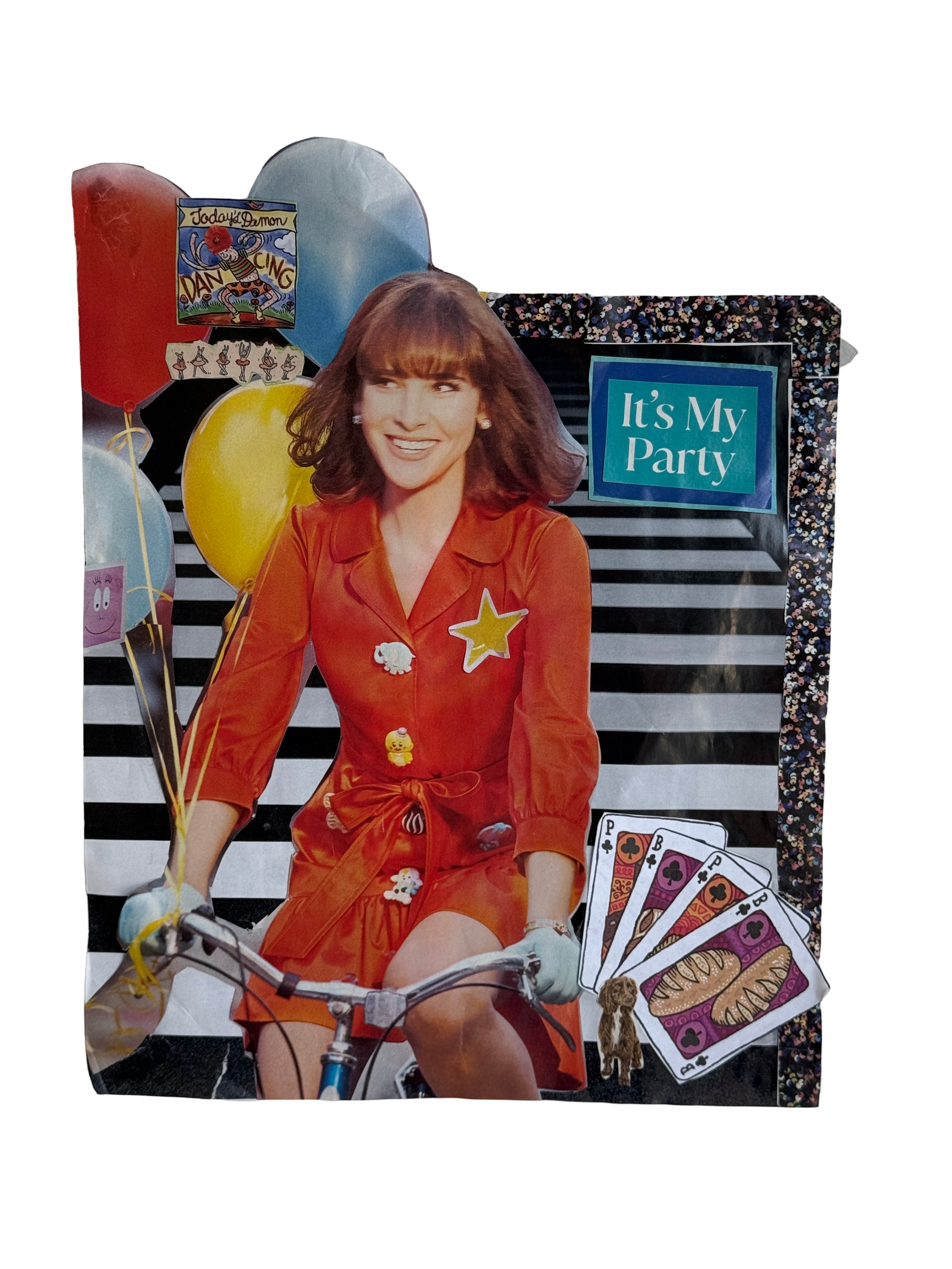Everyone Can
Collage!
1. Gather your materials
You don’t need anything fancy to start. Here's the basics:
Old magazines, newspapers, books, postcards, photos, food wrappers
Scissors, exacto knife, or tear by hand for texture!
Glue stick, Mod Podge, or tape (I recommend glue stick)
A surface: sketchbook, cardstock, cardboard, printer paper, canvas—anything flat
Optional: markers, paint, stickers, washi tape, stamps
2. Set the Mood
Collaging is a creative ritual. Put on music, light a candle, make some tea, or find a cozy space. No pressure, just presence. This time is for YOU!
3. Flip Through and Feel
Go through your materials and pull out what catches your eye—images, colors, words, phrases, or patterns. Don’t overthink it. Trust your gut. You don’t need a theme yet. Just focus on what speaks to you!
4. Cut Scraps
Use your scissors to cut out your desired object on the page. You can cut close to the border of the object or make a shape around it such as a square, circle, ect. Be sure that you don’t cut all your images down too small as you will need larger images for the background. You can cut out words/phrased directly or cut our individual letters to create a custom phrase.
5. Start Arranging
Lay out your pieces before you glue anything down. Play with layering, contrast, and space. Let your aethstetic intelligence guild you on where to place each piece. The pieces can stay contained within the page or you can create a collage that grows out of the confines if the paper. Let the composition build organically—like life, there’s no “right” way to collage.
6. Begin Gluing
Once it feels right, start gluing! You can go section by section or one piece at a time. Don’t worry about perfection—imperfection makes it real.
7. Step Back and Reflect
Take a look at what you’ve made. What does it say to you? Sometimes the message appears after it’s finished. Other times, it’s just about the feeling.
Frequently Asked Questions
-
Collage is an art form where you combine different materials—like paper, photos, words, and textures—into one composition. It’s about layering, storytelling, and creating something new from found pieces. Think of it as visual journaling or scrapbooking with fewer rules.
-
Not at all. Collaging is for everyone—there’s no right or wrong way to do it. You’re not aiming for perfect technique; you’re expressing a feeling, a vibe, or just playing with paper. The beauty is in the imperfection.
-
Anywhere! I love collecting magazines from local little libraries, free magazines from the grocery store, free postcards, packaging, newspapers, and flyers. Libraries sometimes give away old periodicals, and you can ask your friends and family if they have any old magazines laying around.
-
Start with one piece that catches your eye—a color, image, or word—and build from there. Let your intuition guide you. You can create around a theme or just go with what feels right. The process often reveals meaning as you go.
-
It can take anywhere from 10 minutes to a few hours! Some collages come together quickly; others evolve over time. There's no rush—it’s more about the experience than the outcome.
-
You can’t mess up. Collage is layered and forgiving. Don’t like something? Rip it off, cover it up, add something new, or embrace the chaos. Mistakes often lead to the most interesting results.
-
Anything you want! I like to hang mine up on my walls to create a gallery wall using poster putty. You can put it in a frame, pin it on a bulletin board, or washi tape it to your mirror. You can also give it as a gift or scan your work to have a digital version to post!


